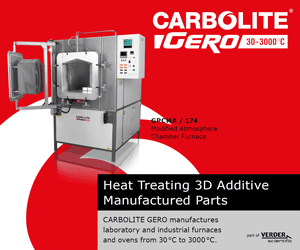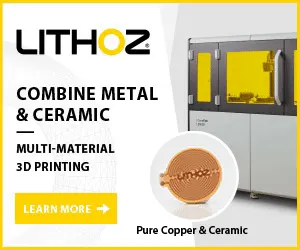What are the main types of material for metal Additive Manufacturing?
There are two main types of material for metal Additive Manufacturing – powder and wire
Various alloys used in traditional manufacturing are available for use in metal Additive Manufacturing processes, with those used in casting and welding processes having been adopted for metal AM. Typical examples include stainless steels, tool steels, nickel-base alloys, aluminium, titanium and cobalt chrome alloys. Precious metal alloys and copper alloys are also used to a limited extent. Some materials commonly used in metal 3D printing are:
- Aluminium alloys
- Cobalt-base alloys
- Tool steels
- Nickel-base alloys
- Stainless steels
- Titanium alloys
- Precious metal alloys
- Copper alloys
However, as with many alternative processing routes, not all metals are suitable for the AM process. For example, the repeated thermal cycling experienced in most AM processes leads to microstructural and defect characteristics that are unlike those found in cast, wrought, or forged parts. When selecting metal 3D printing material, it is important to ensure that the resultant part and its properties will match the in-service requirements, such that the part is acceptable for use.
Metal powders for Additive Manufacturing
Metal powders for PBF-LB and PBF-EB processes, as well as some DED processes, are often highly spherical for ease of powder handling in recirculation and powder spreading systems. The size and shape of powder particles both impact flowability, but so too do other particle properties including surface texture, hardness, cohesion, and density.
Spherical particles tend to exhibit better fluidity than irregularly shaped particles and also pack more efficiently, which is important from the perspective of finished product density and porosity. This high degree of powder sphericity can only be obtained from gas or plasma powder atomisation systems.
A narrow powder size distribution is also required, typically between 15–45 µm for laser-based and 45–106 µm for electron beam processes. Only a fraction of the powder produced from atomisation meets this range, and this limited yield, combined with the need for a high level of chemical purity, means that the cost of metal powders for AM can be higher than other metal powder types.
Binder Jetting processes, however, do not have the same powder sphericity requirements and can utilise powders from other production methods, including water atomisation. As a result, binder jetting materials can be more cost-effective than other AM powders.
Research and development continue to find alternative methods of powder production to reduce the sometimes prohibitive cost of materials. Likewise, efforts to tailor processes and machine hardware to accommodate differing powder morphologies are also underway.
Wire feedstock for metal Additive Manufacturing
Wire has many advantages over metal powder as a source of feedstock. It is readily available with a wider range of material options, is cheaper, easy to store and handle, and can enable rapid deposition rates with little waste material.
Where it cannot compete with metal powder is in the complexity of the final part and its surface finish, with parts produced from wire often requiring considerable post-processing. Powder Bed Fusion is therefore a preferable technique for producing complex parts with internal features, whereas wire-based AM is ideal for larger, near-net shape applications.
DED-Arc/wire can process most metals that are available as welding wire. These include carbon and low-alloy steels, stainless steel, nickel-base alloys, titanium alloys, and aluminum alloys. The alloy must be ‘drawable’, that is, it must be sufficiently ductile enough to not fracture while being drawn into a wire.
> Next page: Post-processing in metal 3D printing
Download Metal AM magazine















